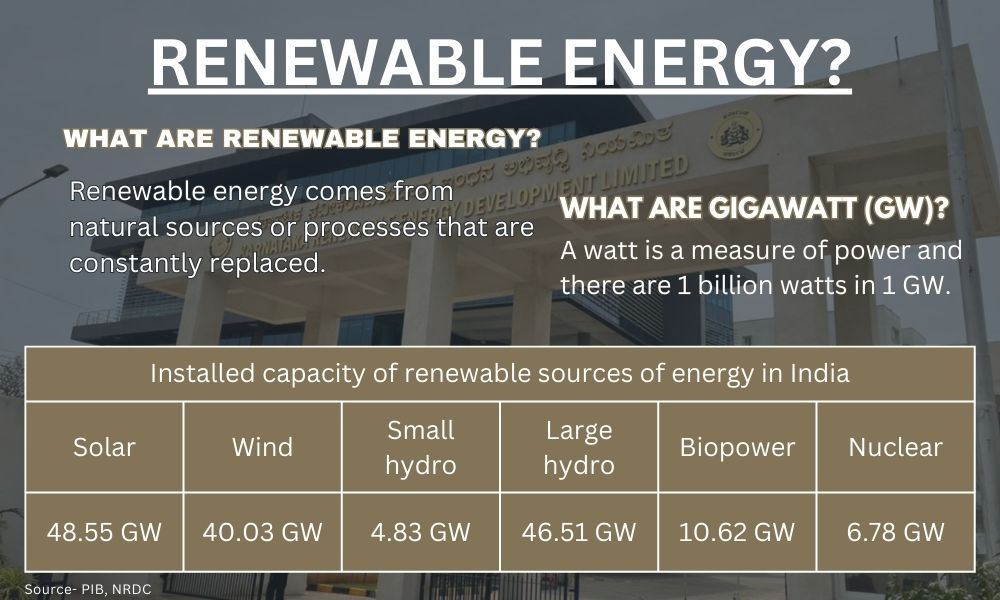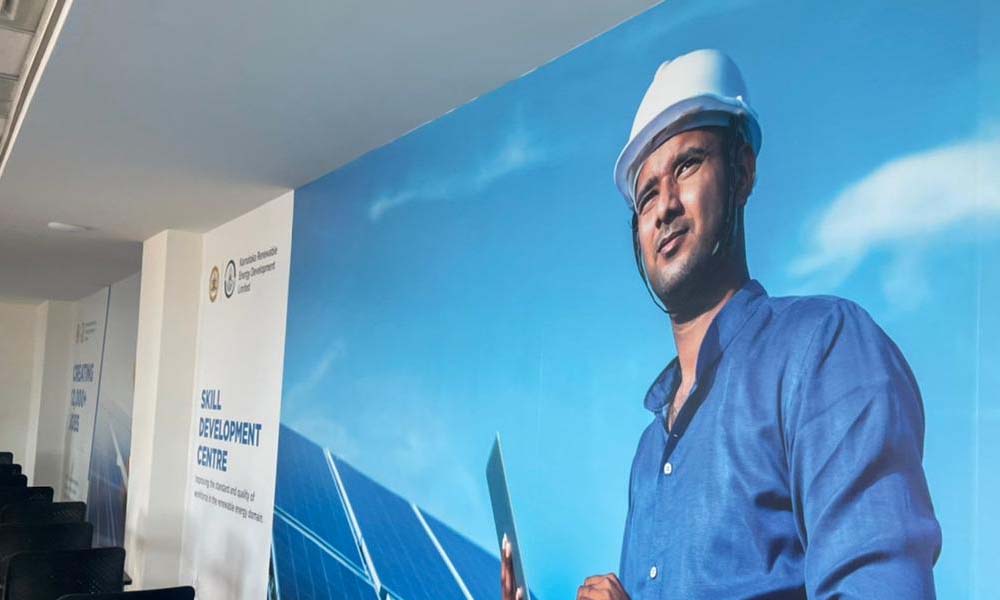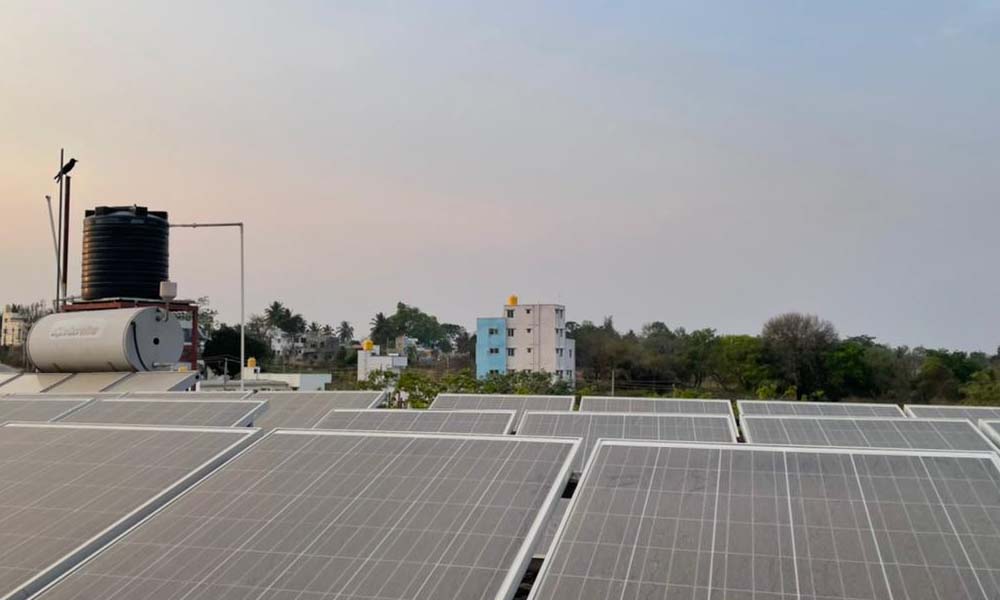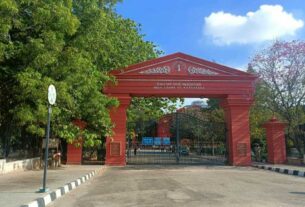Suryamitra Skill Development Programme (SSDP) is not able to meet the growing demands of the solar power capacity of Karnataka.
The room for skill development training on the first floor of Karnataka Renewable Energy Development Limited (KREDL) located on a hill in Naagarabhaavi remains empty with just black seats lined in rows. The gap between the demand for trained officials to set up solar panels and other equipment, and the number of trained Suryamitras in the state has widened over the years.
“There is scarcity of skilled man power in the solar industry,” said Navin, owner of Plasma Solar LLP, a company which specialises in solar panels in Bengaluru. After approaching the government for Suryamitras though emails and phone calls, he said that they had to give up on getting trained workers for his company. “Penetration of Suryamitra programme is weak in South India. There are more officials in North India,” added Navin.
Chikka Gowda, owner of Konark Solar, said that lack of knowledge about this scheme has led to less number of officials being trained and thus, less number of officials to work in the solar industry.

Nethra R., the coordinator of the Suryamitra Skill Development Programme, said “We have not trained anyone nor do we have any training for this skill development programme.”
As per a report by Council on Energy, Environment and Water (CEEW), the top state with the highest number of trained Suryamitras is Maharashtra with 4,383 trained officials. Karnataka, one of the top states with the highest solar capacity in the country, is at 13 when it comes to trained Suryamitras.
The report further highlighted the underutilisation of the solar capacity due to a lack of trained staff. Karnataka has seen a boost in the solar power capacity in the state but it is yet to follow with an increase in the number of trained officials, said the report. Nethra R confirmed that there is a shortage of qualified workers who can handle and work with solar capacity in the state.
Despite empty rooms in the KREDL, the recent figures presented by the Ministry of New and Renewable Energy for the country reveal that ‘51,331 candidates have benefited from the skill development training provided under Suryamitra programme, out of which 26,967 number of candidates gained employment.’ The skill development programme was launched by the government in 2015 by the Ministry of New and Renewable Energy (MNRE) and the National Institute of Solar Energy (NISE).
Praveen M. Wali, former centre manager of a Suryamitra training centre in Karnataka which was sponsored by the company ‘ICA Edu Skills Private Limited’, said “The training centre has been closed for a long time now.” Apart from closing down, the rate of hiring is low as well. Only 10 to 12 officials who were trained under them got placed in the plant that the company had, he added.
The report stated that in the financial year 2020; only new 773 Suryamitras were trained. It added that ‘in the same year, Karnataka added about 1,182 MW of solar capacity that employed a workforce of 1,340.’ There are 26 training centres to train Suryamitras in Karnataka.
Not just in Karnataka but in the whole of India, there has been a surge in solar power. “Solar power installed capacity has increased by more than 18 times, from 2.63 GW in March 2014 to 49.3 GW at the end of 2021. In 2022, till November, India has added 12 GW of solar power capacity,” said India Brand Equity Foundation (IBEF).
One of the many institutes which are still facing a crisis due to the pandemic is the Suryamitra training centres, said Praveen M. Wali.
Saianand R., business analyst, said that lack of awareness about this program could be a key reason for the current gap. “Government can merge this scheme with Skill India and train individuals to handle solar panels,” said Saianad.







